An interesting classic lorry collection
Posted by Chris Graham on 13th March 2024
Bob Weir meets North Wales-based Brian Owen to discover more about his interesting classic lorry collection.
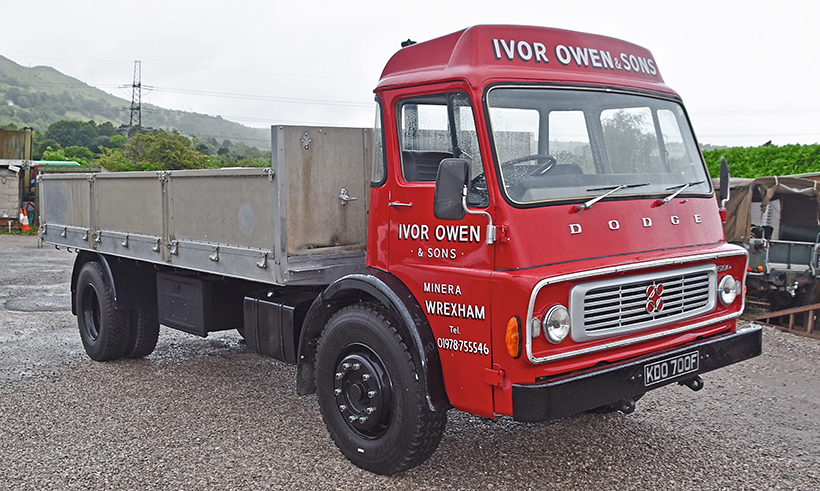
Interesting classic lorry collection: The Dodge 500 was built in the UK and the range was eventually called the K-series.
Brian Owen has lived near Wrexham all his life and has been involved in the family business – Ivor Owen & Sons – since he left school. “My father started the business in 1955,” he explained. “He was a bus driver for a local company but was made redundant for health reasons. One of his friends suggested he bought a lorry, and it all started from there.”
Owen snr started driving his Austin K2, for a local limestone quarry. “The government wanted to promote the farming industry and lime-spreading was steady work,” he recalls. “My father worked for Adam Lythgoe and, if you agreed to paint your lorry in his livery, you were given priority for any jobs. He worked all hours, and it wasn’t long before he could afford to buy a second truck.”

Brian’s father, Ivor Owen, particularly liked Dodge lorries, which is why Brian acquired one.
Brian left school when he was 15 years old and was keen to join the family firm. “We went all over Cheshire, Shropshire and North Wales spreading lime using the family’s Fordson Major tractor,” said Brian. “This went on until 1967 when Adam Lythgoe decided to sell the quarry. We were a bit worried at first, but the site was taken over by Tarmac Roadstone, after which it was business as usual.”
In the early years, the Minerva quarry employed about 200 people and owned 212 railway wagons. In the 1920s, it sent lime to the chemical works at Widnes, Runcorn and Warrington. The Minera Lime Co Ltd ceased trading in 1954 and was bought by Adam Lythgoe Ltd. Tarmac eventually sold out to Redland Aggregates, which closed the site in 1993 because it was no longer commercially viable.

The lorry’s suspension used leaf springs at the front and optional auxiliary springs at the rear.
“The quarry provided the livelihood for hundreds of men over its 150-year history,” Brian explained. “A lot of self-employed lorry drivers relied on the work for their income, and when it eventually closed it was the end of an era.”
Tarmac also had the same policy about company livery, and lorries in the Owen fleet were soon wearing the Wolverhampton company’s trademark colours. “Looking back, Tarmac was a good company to work with,” said Brian, who is a member of the Clwyd Veteran & Vintage Machinery Society Ltd (CVVMS). “They were nice people and even expanded the quarry. They used a mix of their in-house fleet and sub-contractors, and there was plenty of work to go around.”
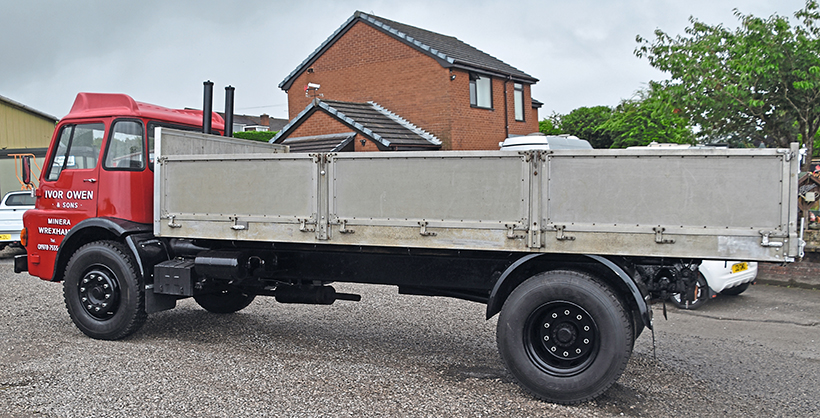
Brian’s 500 needed a lot of restoration, but is now a regular on the rally circuit.
Brian recalls that the UK motorway network was being expanded at the time, and so aggregates were in big demand. “We provided materials for the whole area and, at our peak, we were running 12 trucks,” he recalls. “We were using mostly Albion and Leyland lorries, although my father did have a soft spot for Dodge.”
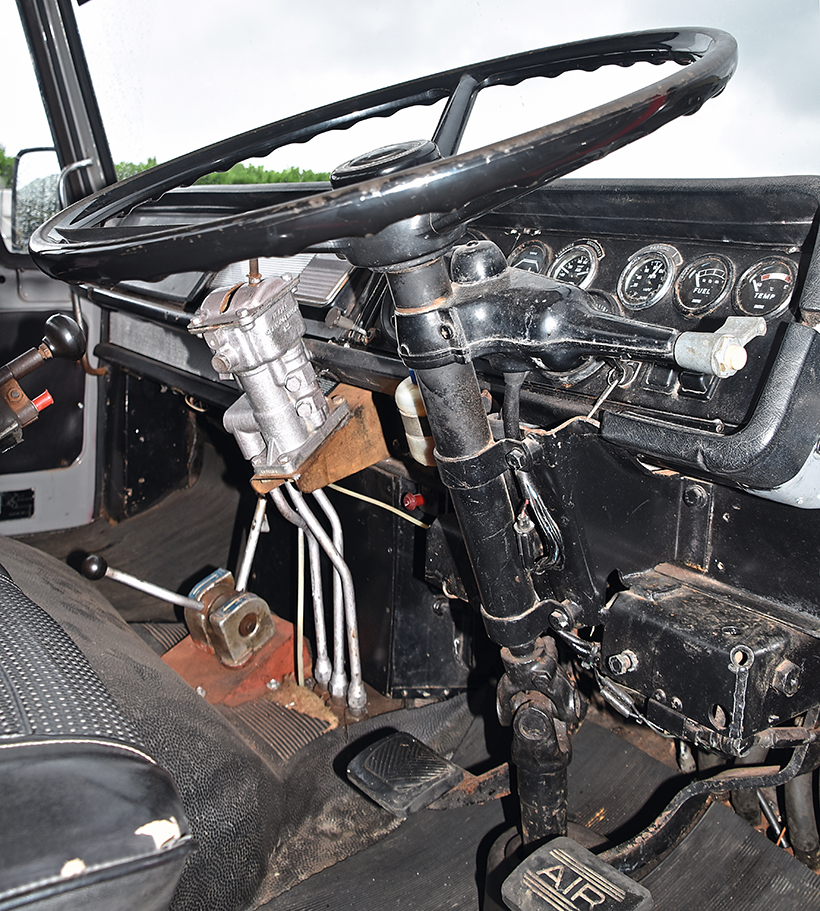
The cab was quite modern, by 1960s standards.
Unfortunately, Owen snr died suddenly in 1976, at which point Brian had to assume control of the business. “1976 was the year of the long, hot, summer and those were interesting times,” he explained. “I was only 25 and had a mortgage and three kids. On top of all that, I suddenly had a business to run. Fortunately, I had four younger brothers and, when each of them reached 21, they joined the firm. In addition to the five family members, we also employed several drivers.”
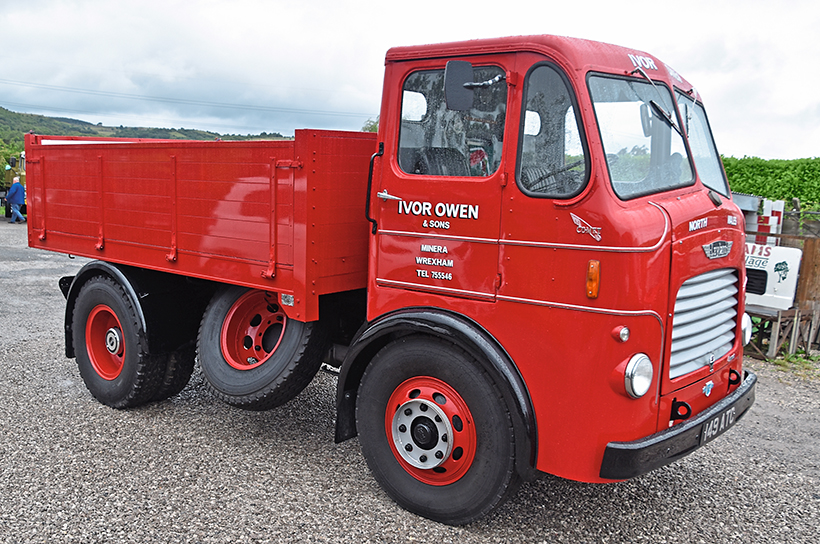
The cab-over Leyland Comet was a 1950s design, and many lorries were exported to Commonwealth countries.
Brian admits that times have been more difficult in recent years, and quarry work has been hard to come by. “Once the local quarry closed in the early 1990s, we had to travel further afield for work,” he said. “The other quarries were OK, but there wasn’t the loyalty you had back in the old days.”
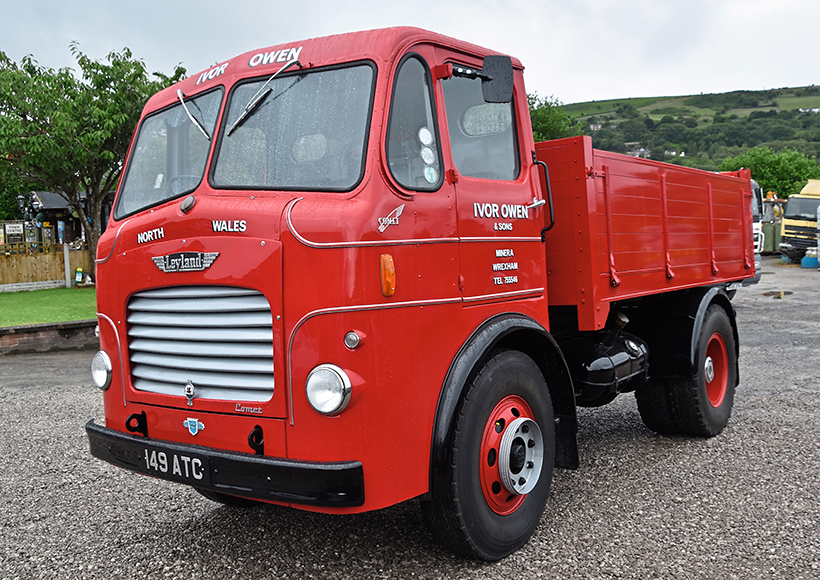
The lorry is carrying a Lancashire registration.
Fortunately, one of Brian’s own sons is very keen on lorries, and still helps out with the business. “Robert works for Leyland DAF, but also looks after all our lorries,” he explained. “We currently run three modern trucks, a pair of DAFs and an MAN. We keep ticking along, but I’m in my early seventies now and looking to slow down.”

Brian spent many years driving Leyland Comets, and they were a familiar sight on Britain’s roads.
Brian is also keen on old lorries and, over the years, has put together a fine collection. He finds the trucks from various sources and likes going to shows. Several of the vehicles are in the process of being restored, but he was able to bring out three old stalwarts for the benefit of my camera.
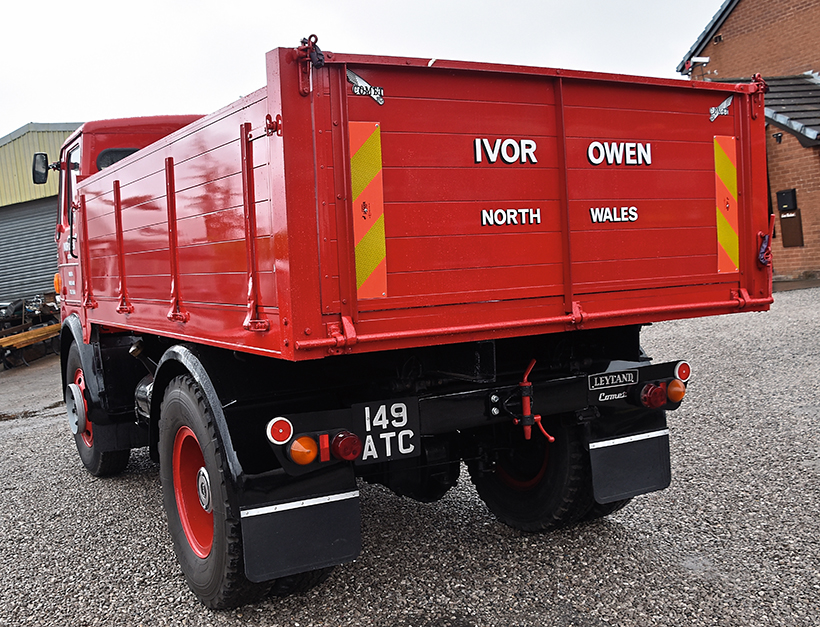
After 15 years in retirement, the Comet name was re-introduced in 1986. Most of the lorries went for export.
“The family first started collecting old lorries back in 1974,” he recalls. “My father bought an Albion Chieftain, which we’ve still got in our possession. The lorry came from Dumfries, in Scotland, and was about to be scrapped. My father wanted to restore the vehicle to take to shows. Unfortunately, he died not long after acquiring the lorry.”
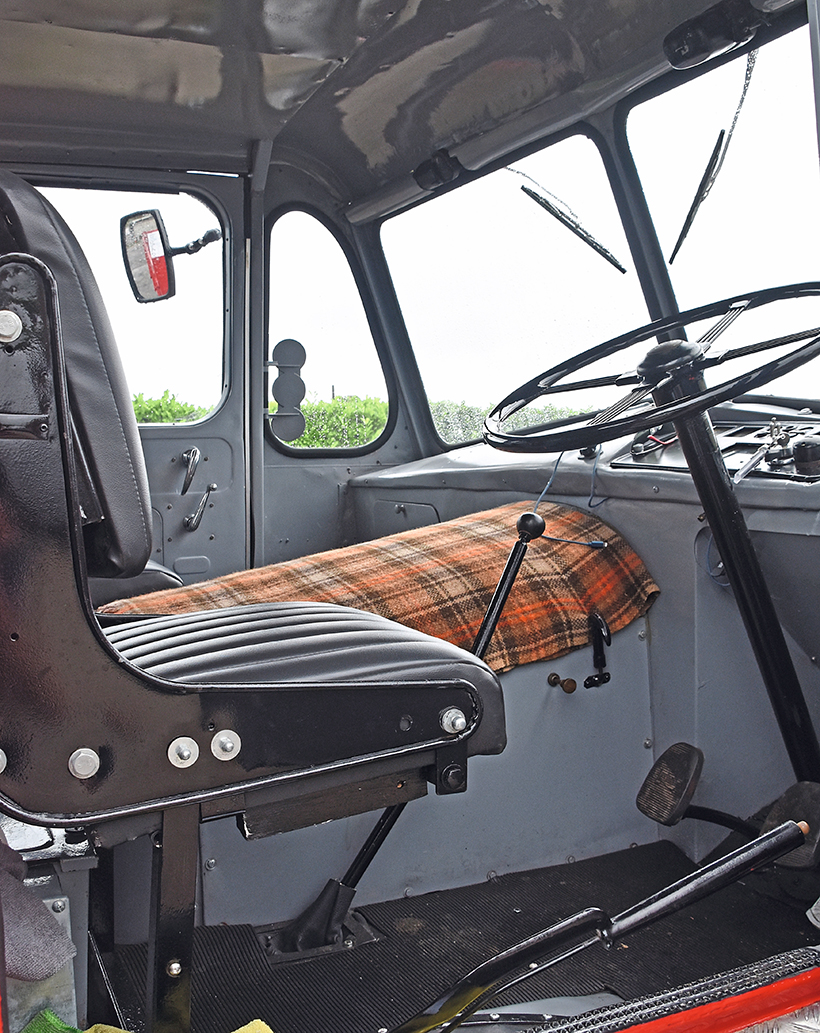
Sitting next to the engine could be a warm place for the driver, particularly during the summer!
Brian recalls that because of family and business commitments, he didn’t have time to look after the Chieftain, and it stood neglected in the firm’s yard for many years. “I ended up selling the lorry to enthusiast Bleddyn Williams up in Anglesey, North Wales,” he explained. “He then went ahead and restored the lorry. The next time I clapped eyes on it was at the big transport rally in Llandudno. The Albion looked in great condition and I told Bleddyn that if he ever wanted to sell the lorry, to give me a call.”
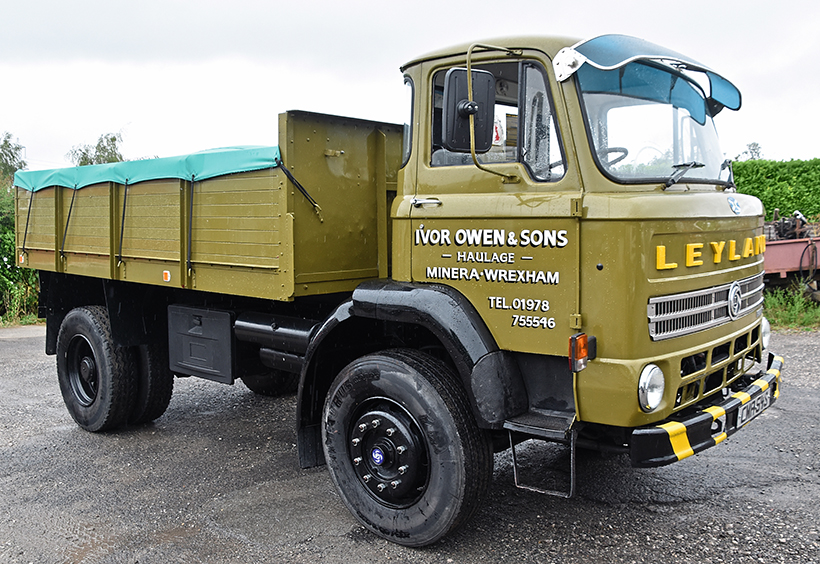
The Clydesdale name was originally used by Albion during the immediate post-WW2 years.
Nothing happened on the Chieftain front for a couple of years, until Brian got a call out of the blue. “It was Bleddyn saying he was ready to sell, so we came to an arrangement,” he said. “I took delivery of the Albion, and it’s been with us ever since.”
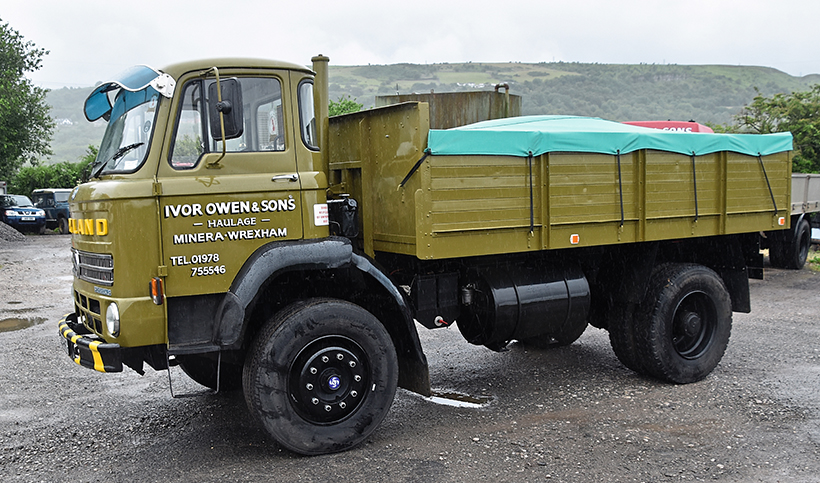
Unlike most of Brian’s classic lorries, this was used in the business.
Apart from the Albion, the family also owns a Leyland Clydesdale tipper, a Dodge 500 tipper, a Seddon Mk 5, an Austin FG, a trio of Thornycroft lorries, a Foden 4000, a Leyland Comet and a Super Comet. “The Leyland Comet was built in 1955 and originally came from the Blackpool area,” Brian recalls. “We bought it at the Kelsall Show a couple of years ago. It was restored by enthusiast Alan Sturge.”
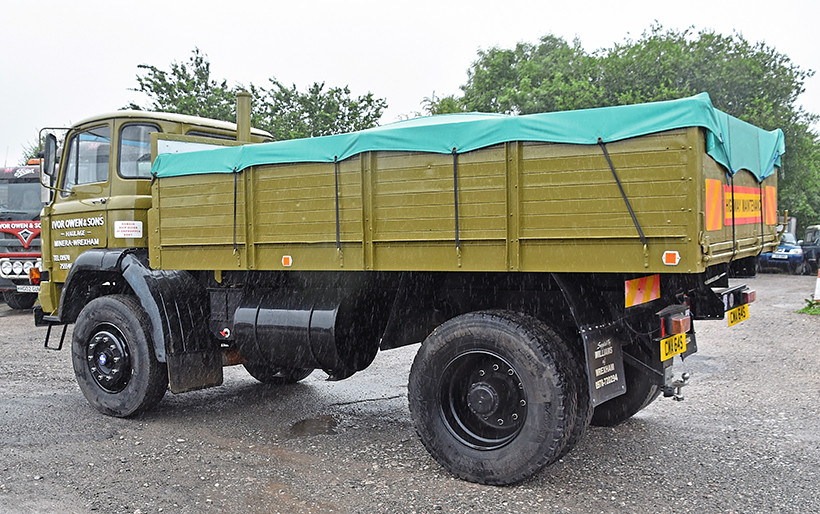
The Clydesdale was a Jack-of-all trades, but particularly popular as a tipper.
Leyland introduced the first Comet in December 1947. It went on to have a lengthy career and was available in different formats. The model was intended mainly for export and was popular in Commonwealth countries. It was particularly successful in India and Australia, and was still being sold in the 1990s.
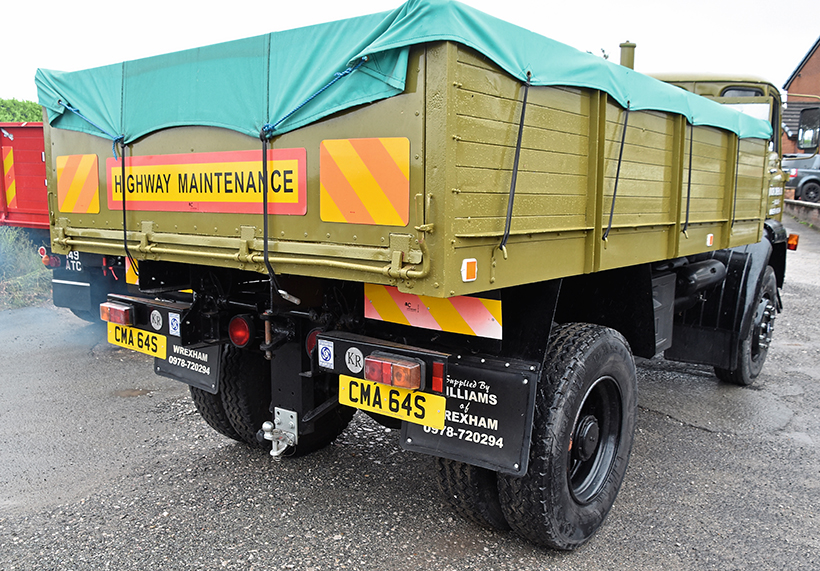
The lorry is fitted with a Leyland 401; 6.54-litre engine mated to a six-speed, constant-mesh gearbox. It has a top speed of 70mph.
The model was originally marketed as a bonneted lorry, although a few vehicles were sold as 33-seater coaches. The original engine options were a 75hp diesel, or a 100hp petrol unit. The majority of the petrol lorries were sold overseas.

Newspaper cutting about the closure of the Minerva limestone quarry in 1993. This hurt the local community.
The diesel was upgraded in 1950 to the new Leyland 5.76-litre O.350 engine delivering 90hp. Maximum weight was also increased to 12 tons. The engine was further tweaked in 1955 when the latest version of the O.350 engine was introduced. This unit could produce 100hp at 2,000rpm.
The 1952 cab-over version was marketed alongside the bonneted model until 1955/56. The model continued in production until 1958 when it was replaced by the last model, which used a ‘Vista Vue’ cab. “I also bought the 1968 Dodge at the same Kelsall sale,” said Brian. “That lorry needed restoring and the work was carried out by the Walsh Brothers in Manchester. They have been good friends for many years.
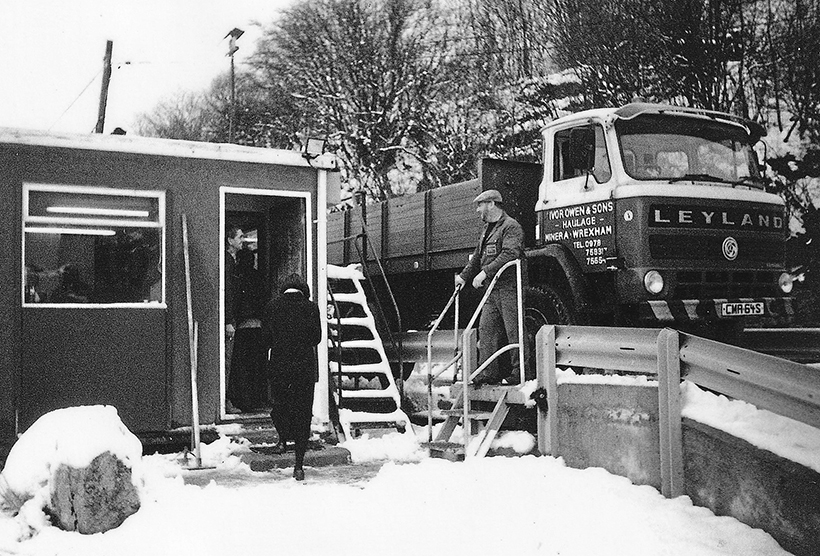
CMA 64S in 1993. This was the last lorry load out of the Minerva quarry.
“Fortunately, one of the lorry’s former owners had already replaced its cab with another example taken from a fire engine, which saved a lot of work. I don’t know a lot about the Dodge’s previous history, although I believe it was used to carry grain at some point. The Walsh Brothers did a good job and now the lorry is in show condition.”
The Dodge 500 was first introduced in December 1964. The lorries were styled by Ghia and engineered by Rootes Group. They left the factory as a cab/chassis, and it was down to individual customers to arrange the bodies and trailers. The trucks were sold as diesels with forward-control and a tilt cab. The cabs were noted for their style and comfort, and forward visibility was also good.
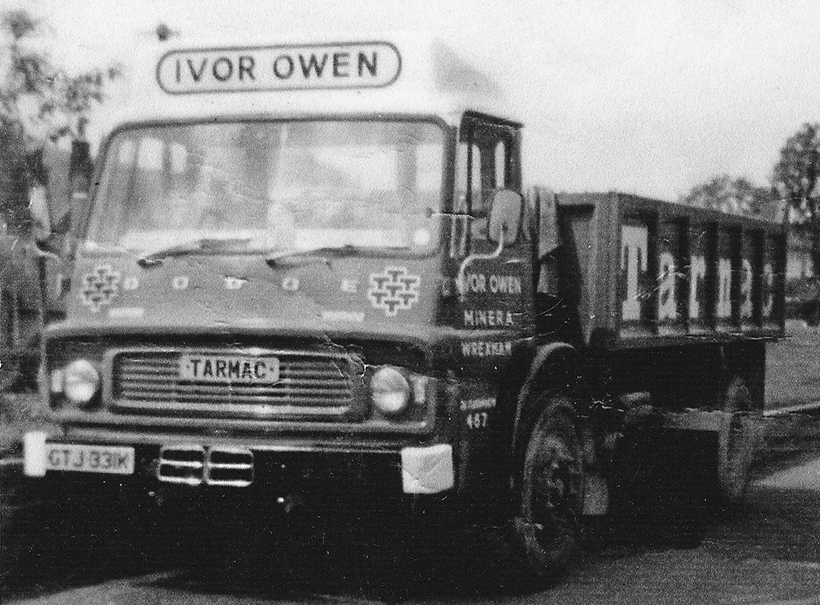
An Owen Dodge in Tarmac livery. Tarmac favoured contractors who painted their lorries in Tarmac colours.
Payloads ranged up to 11 tons for two-axle trucks and 16 tons for three-axle units. A special high tensile steel alloy was also developed to lighten the frame. Power was provided by either a V6 or V8 Cummins diesel producing 130-170hp, or a 120hp Perkins unit.
The final lorry in Brian’s trio of classics is the Leyland Clydesdale. “The Clydesdale was first registered in 1978 and we bought it locally in 1984,” Brian explained. “We actually worked the lorry until the quarry closed in 1993. My one claim to fame was that Tarmac allowed CMA 64S to have the last load out of the quarry’s weighbridge. I thought this was quite fitting, as my father would have been carrying one of the first loads, back in 1955.”
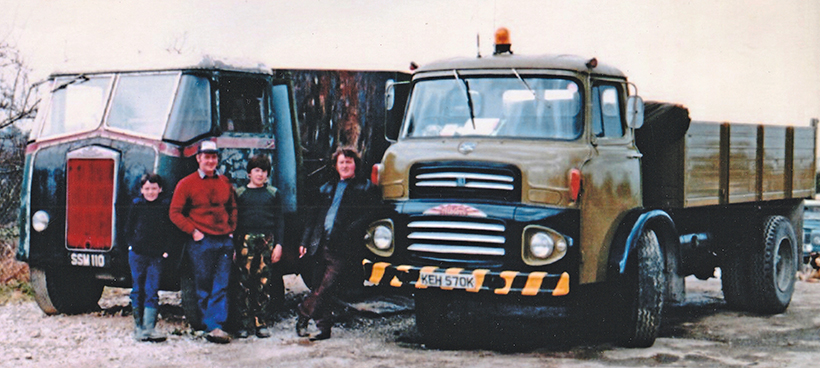
A family photograph from the 1970s.
Unfortunately, 1993 was the Clydesdale’s swansong and the lorry then found itself marking time in Brian’s yard. “The lorry was still in great mechanical condition, but surplus to requirements,” Brian recalls. “The years went by, and it started to deteriorate. Lorries need to keep working and don’t like standing idle. I eventually decided to get it restored and give it to my son, Robert. Once again, the Walsh brothers came to the rescue, and did a fine job.”
Brian is a firm believer in getting experts to restore his old lorries, but the projects have to be financially viable. “There’s lots of people out there doing restorations,” he said. “But number one, it can take a long time and two, it’s quite expensive.”

An Owen Leyland picks up a load.
The Clydesdale was originally a post-WW2 design and marketed under the ‘Albion’ banner. This all changed on 1st September, 1972, when British Leyland Motor Corporation (BLMC) decided to ditch the Glasgow logo in favour of a ‘Leyland’ badge.
As part of the changes, the newly-christened Leyland Clydesdale was equipped with the Bathgate-built G-range cab. Powered by the Leyland 400 diesel, the lorry had a built-in toughness that was highly rated among heavy-duty truck models. Features included a spiral bevel, hub reduction rear axle, five-speed constant mesh gearbox, semi-elliptic leaf springs and a sturdy, bolted chassis frame. The braking system used air pressure cam brakes with a hand control valve for the secondary system, and a multi-pull handbrake for parking.
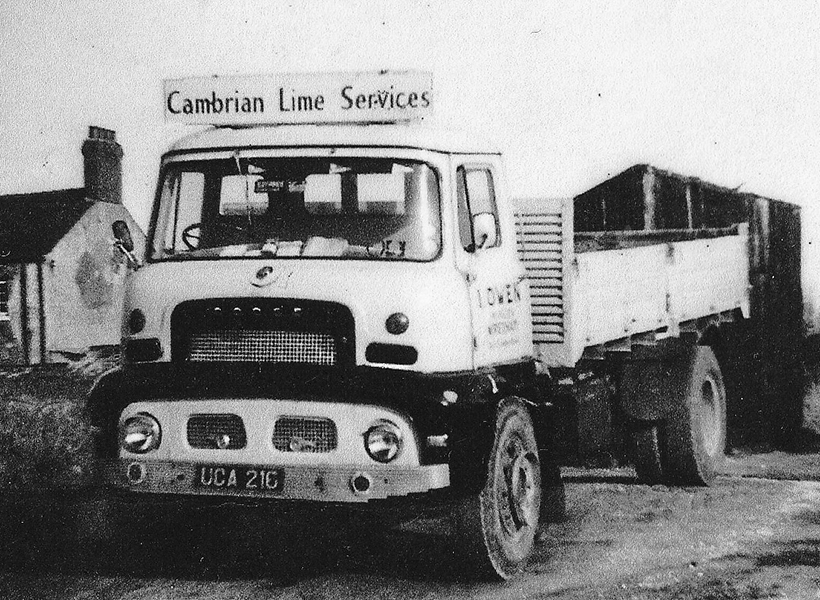
An atmospheric photograph of a Dodge tipper. According to Brian, his father was a big fan of Dodge lorries.
Later examples featured the Blue Line range of Family One engines, which was a joint venture between Leyland and Cummins. This engine was used to power the Clydesdale 13.5-tonnes gvw (gross vehicle weight) in rigid form and the 20.3-tonnes articulated vehicle.
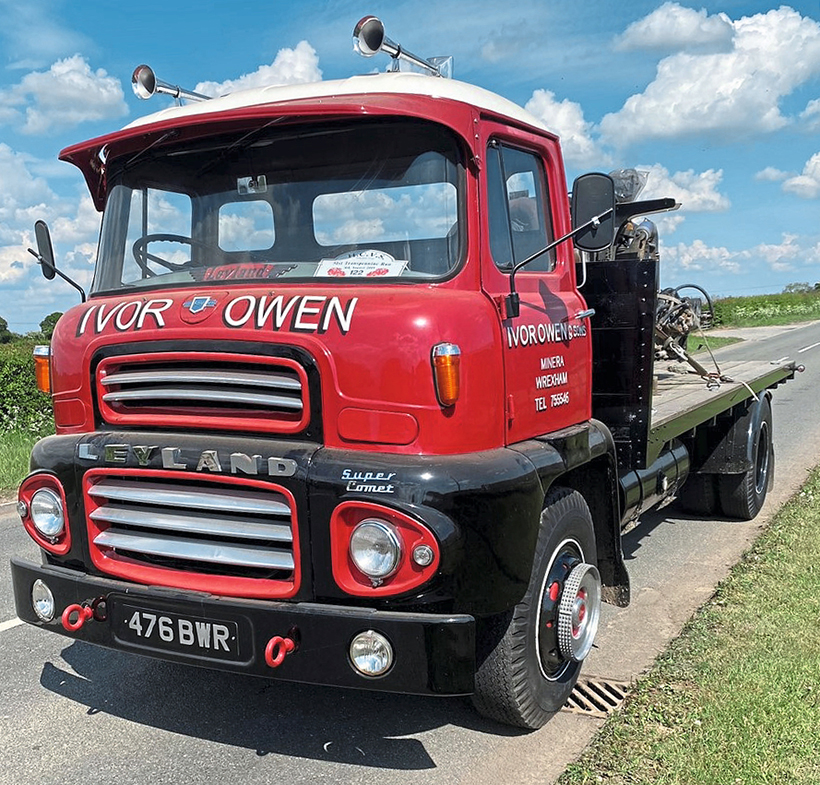
The family’s Leyland Super Comet.
All’s well that ends well and, after three months, the Leyland was back on the road. “It’s been to several shows since it was restored, and looks as good as new,” said Brian.
Brian has got several more projects on the go, and won’t be giving up collecting old lorries any time soon. If he has his way, there will be a few more Welsh wizards joining the classic vehicle circuit!
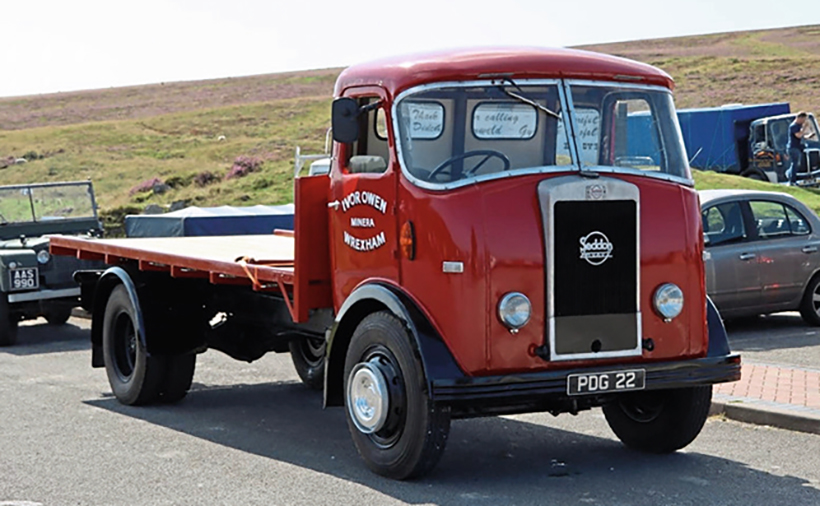
The Seddon Mk V on a road trip.
This feature comes from a recent issue of Heritage Commercials, and you can get a money-saving subscription to this magazine simply by clicking HERE

Previous Post
Fantastic photographs from the Ffestiniog Railway
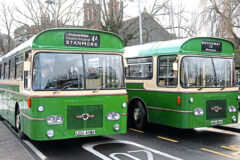
Next Post
Superb classic bus running day in Winchester



